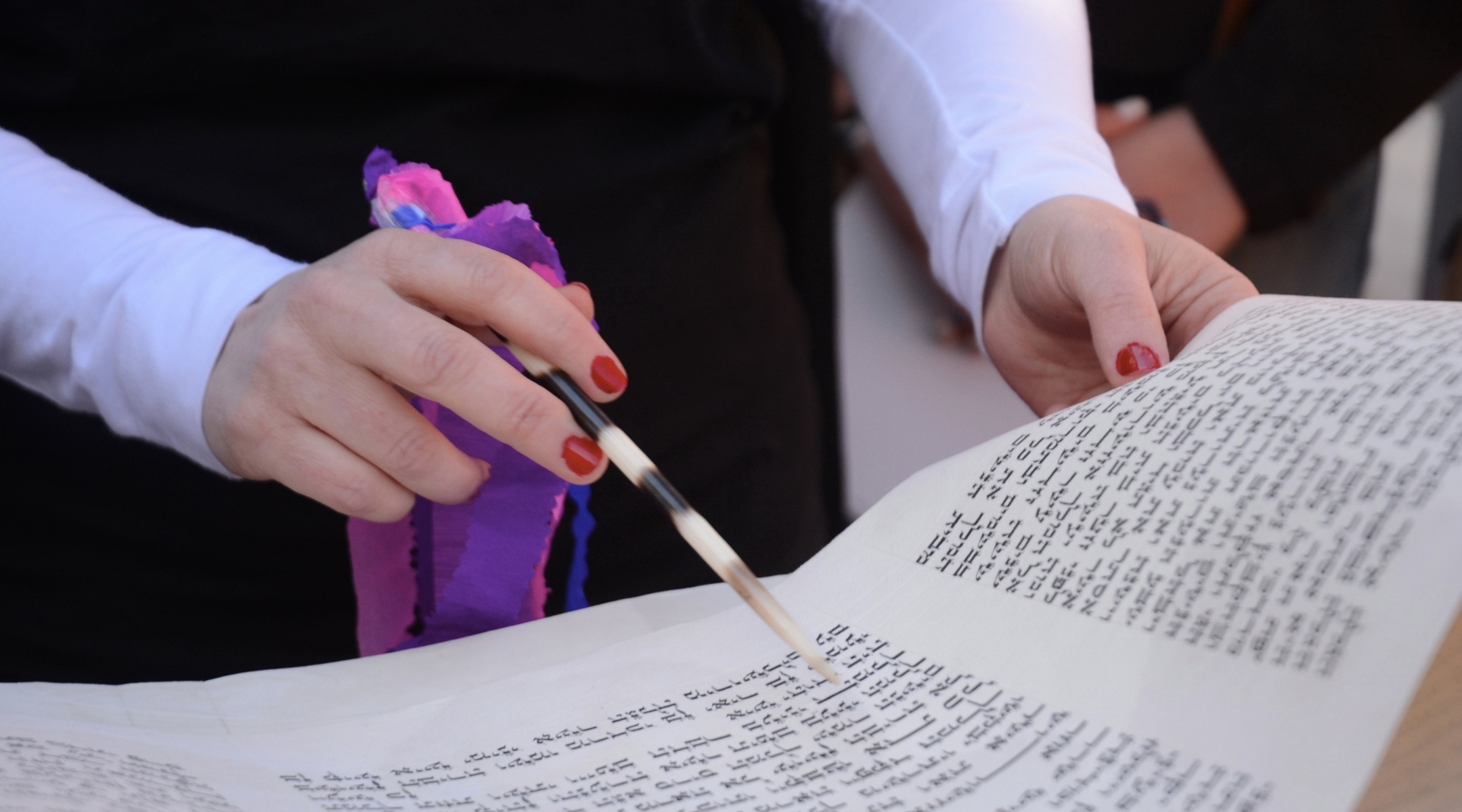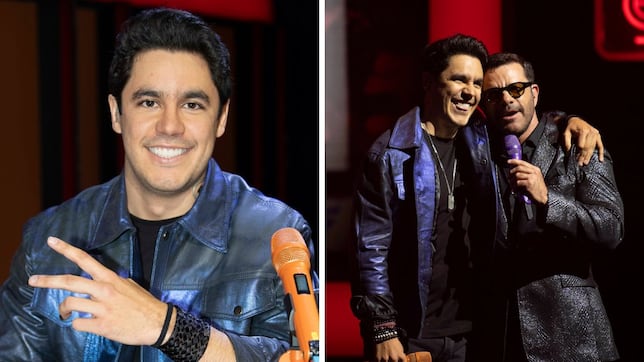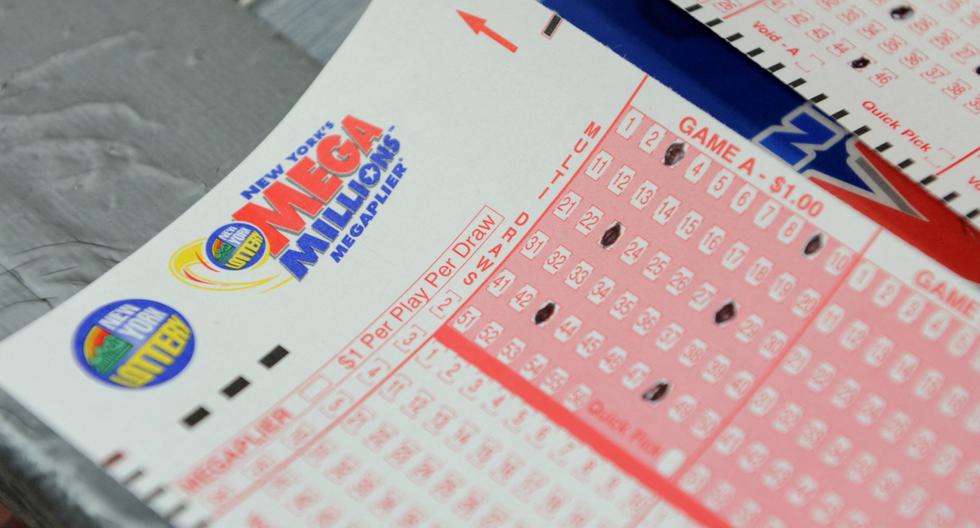This article was produced as part of JTA’s Teen Journalism Fellowship, a program that works with Jewish teens around the world to report on issues that affect their lives.
(JTA) — Wearing a purple dress, her hair in French braids, and holding a yad, or pointer, in her hand, Talia Sas, from Zurich, Switzerland, takes a deep breath. The 12-year-old chants her Torah portion before a small group of family and friends who have come to celebrate her bat mitzvah at a community center in Zurich, as part of the Shabbat Yachdav Initiative’s egalitarian prayer services.
While this sight is familiar at Jewish teens’ bat mitzvah ceremonies in Conservative and Reform communities in the United States, Sas and her family are members of a traditional Jewish movement that, for the most part, prohibits girls from leading prayer services or chanting from the Torah in front of a mixed-gender congregation.
In recent years, more Modern Orthodox and similarly traditional girls throughout the world are seeking ways to participate in prayer services while following halacha, or Jewish law. As roles for such women grow, along with the opportunity for teens to restart synagogue routines after COVID, many of these girls are engaging in services in ways that few Modern Orthodox and traditional communities have done in the past.
With few exceptions, Modern Orthodox communities forbid women from leading all parts of the prayer service. However, for the past several decades, small numbers of feminist Orthodox girls and women have been holding “women’s tefillah,” or prayer, groups in which women pray together and sometimes even read from the Torah, in the absence of men.
Others joined “partnership minyanim,” in which both men and women participate in different parts of the service while still adhering to halacha. While such services are standard in the liberal denominations, for years they were a fairly marginal phenomena among the Orthodox. Recently, new egalitarian, partnership and women’s tefillah minyanim and congregations began emerging all over the world. According to the Hadar Institute, in the summer of 2022, 50 egalitarian minyanim were active in Israel alone. This number represents a “flowering” of minyanim, according to Rabbi Avital Hochstein, president of Hadar in Israel. She estimates that 10 years ago there were only a quarter of the number there are now.
On Purim, women across religious denominations gathered to read Megillat Esther, a practice that is now widely accepted but in fact is relatively new. For girls like Sas and others, the feminist movement’s success in women’s megillah reading decades ago gives hope for the egalitarian movement’s future.
Nehara Biala-Mirsky, 19, grew up attending an egalitarian minyan and led prayers at Pelech, a progressive all-girls high school in Jerusalem from which she recently graduated. She now attends Midreshet Lindenbaum, a women’s seminary program, and continues to be involved in the prayer services there.
Biala-Mirsky said it is very rare for religious high schools in Israel to allow girls to lead and leyn, or chant from the Torah, in prayer services. She said she feels fortunate to have been a part of the Pelech community, where this was encouraged. In the first weeks of her seminary program, her peers from non-egalitarian communities were hesitant to participate in such services. Within a few weeks, however, many girls began learning to chant from the Torah.
For some, feminism doesn’t necessarily demand an equal role with men, but separate services where women can take on leadership and ritual roles. Miriam Goldberger, a recent graduate of SAR High School in Riverdale, New York, co-founded the women’s tefillah at the SAR Middle School when she was a student there. She is also active in the partnership minyan in Manhattan, Darchei Noam.
For Goldberger, the most fulfilling part is “being literate religiously.” She said her male peers would know how to chant or which prayers are appropriate on a given day. “Many girls don’t have that knowledge unless they are leading prayers,” she said. “It forces [female] students to take a more active role.”
While instituting a women’s tefillah at the SAR Middle School in 2019, Goldberger recalled the conversations she had with the administration, who feared the pushback they might face.

A woman reads from Megillah Esther, the Purim story, in Jerusalem. (Pacific Press via Getty)
The discussions were “not just about whether it was halachically permissible, but also how to unveil it to the community,” she recalled. Despite initial backlash from some students and parents, Goldberger said that the community quickly got on board and girls started to participate. This year, several dozen girls attend on a daily basis.
Biala-Mirsky also appreciates having a specific role in the service. “I have more of a say in how things work. It’s a really big gift that I got.” Biala-Mirsky said that there have been processes and efforts both in Israel and America to empower women. “I know that my shul was founded the year I was born,” Biala-Mirsky explained. “Since then, I have had the opportunity that girls who were born before me didn’t have. It’s a general movement that’s happening and it’s slowly becoming more mainstream.”
Mia Marcovitz, a senior who attends Pelech with Biala-Mirsky, was introduced to a more active role in the prayer service through her school and camp community.
“It’s hard for me to connect to the halachic part of Judaism,” she admitted. “I disagree with a lot of it. But the way I connected was through leyning,” Marcovitz said.
Marcovitz was first introduced to more egalitarian prayer when she learned to leyn for her bat mitzvah, which was held in an independent women’s tefillah group. “It opened up a whole new world for me, and it escalated from there.” Now, Marcovitz leads the women’s prayer services at her high school as well as the egalitarian services at her Conservative Jewish summer camp, Ramah, in California.
Because of Marcovitz’s affiliation with egalitarian prayer services, Orthodox synagogues, including her family’s congregation, make her feel unwelcome. “But being in an egalitarian community at camp and school taught me that I can still be a committed Jew, as well as be a congregant of a community that makes me feel comfortable and appreciated.”
Marcovitz also noted that while the feminist movement has made much progress, there is still a long way to go. “It’s hard to get girls to participate [in school] and there are still girls who leave for the Torah reading part of the service because that’s not what their family does.”
Despite more widespread prayer opportunities, even many of the most liberal Modern Orthodox synagogues have yet to adopt more opportunities for women to lead prayers.
“While more progressive and inclusive approaches such as partnership and halachically egalitarian tefillah have been presented and argued for in the broader halachic communal discourse those approaches have not been widely accepted in the Orthodox community,” Rabbi Steven Exler, senior rabbi of the Modern Orthodox Hebrew Institute of Riverdale said. His synagogue has chosen to add more roles for women’s participation instead of shifting to a partnership or egalitarian tefillah approach.
“The loss that I feel when community members spend time in a halachic egalitarian service is the loss of those voices who are the strongest advocates for women’s participation,” said Exler.
Nevertheless, “girls want to have a voice,” says Rabbi Dina Najman, founder of The Kehila, an Orthodox partnership congregation in Riverdale; head of SAR Middle School Women’s tefillah, and trailblazer for egalitarian prayer spaces for decades. “When you’re leading tefillah, there is a level of responsibility and leadership that empowers you to feel ownership over your tefillah.
“The girls are leading not just for girls, they matter for a community.”



